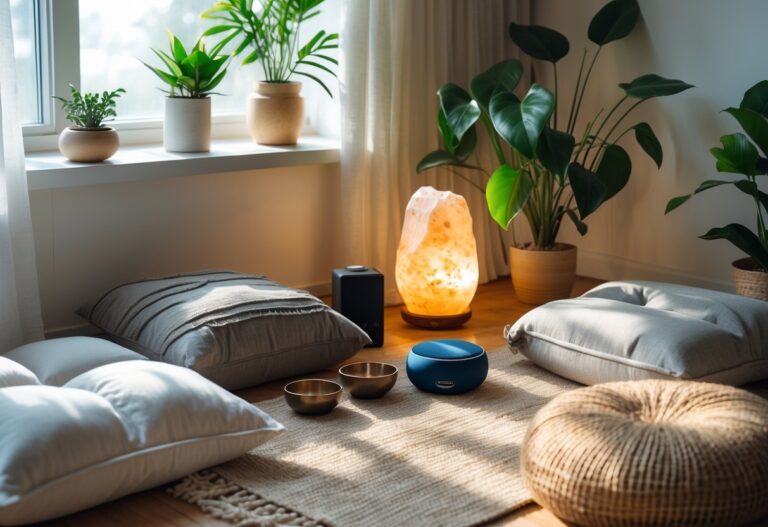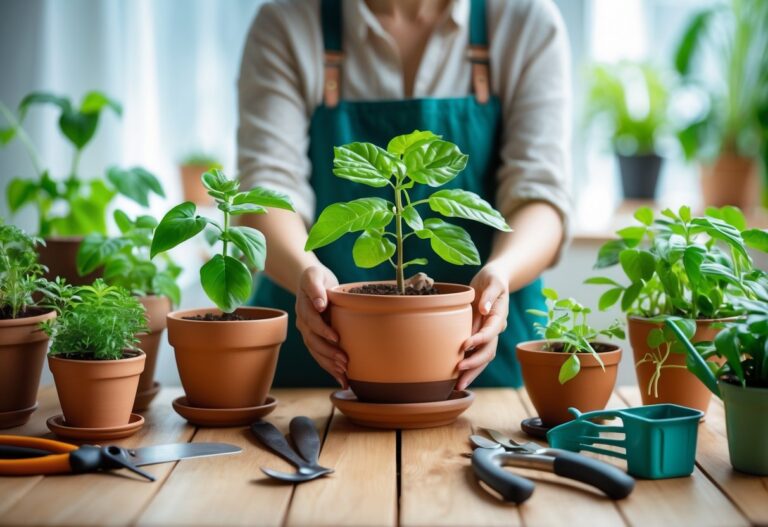A single plant can change the feel of an entire room by bringing life, color, and a sense of calm to your space.
Adding even one plant creates a natural focal point that improves air quality and helps you feel more relaxed and connected to nature.
It doesn’t matter if you live in a small apartment or a large home; one well-placed plant can make a big difference.
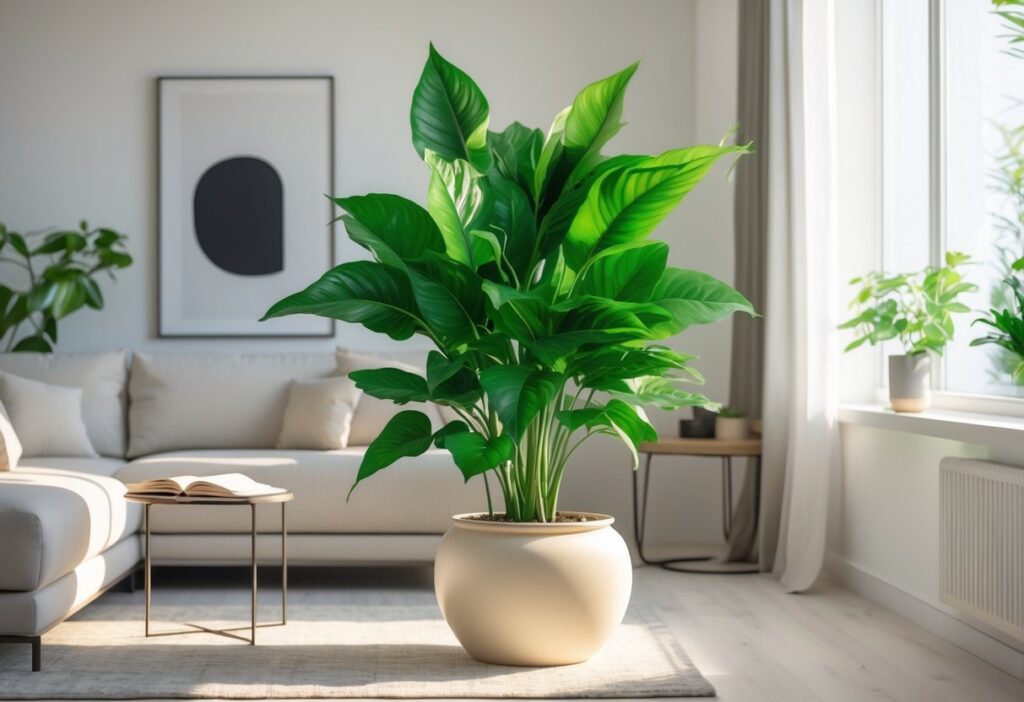
Micro-gardens are perfect if you want to bring greenery into limited spaces without needing a full garden.
You can transform windowsills, corners, or shelves into thriving little green spots.
With simple care, your plant can turn a bare room into a cozy, welcoming sanctuary that supports your well-being.
The Transformative Power of a Single Plant in Micro-Gardens
A single plant in your micro-garden can change how your room looks and feels.
It adds beauty and freshness while also improving your health and daily life.
This small addition works well, especially in tight urban spaces where room is limited.
Enhancing Room Aesthetics and Ambience
One plant can turn a dull corner into a lively spot.
Its green color brings natural beauty and softens hard edges in your room.
Placing your plant near a window or a bright area can make the room feel larger and more inviting.
Plants also improve air quality by filtering toxins, which can boost the room’s freshness.
A single, well-chosen plant acts like a natural decoration that grows and changes over time.
This creates a calming effect and helps you feel connected to nature, even in an urban setting.
Boosting Wellbeing and Urban Living Quality
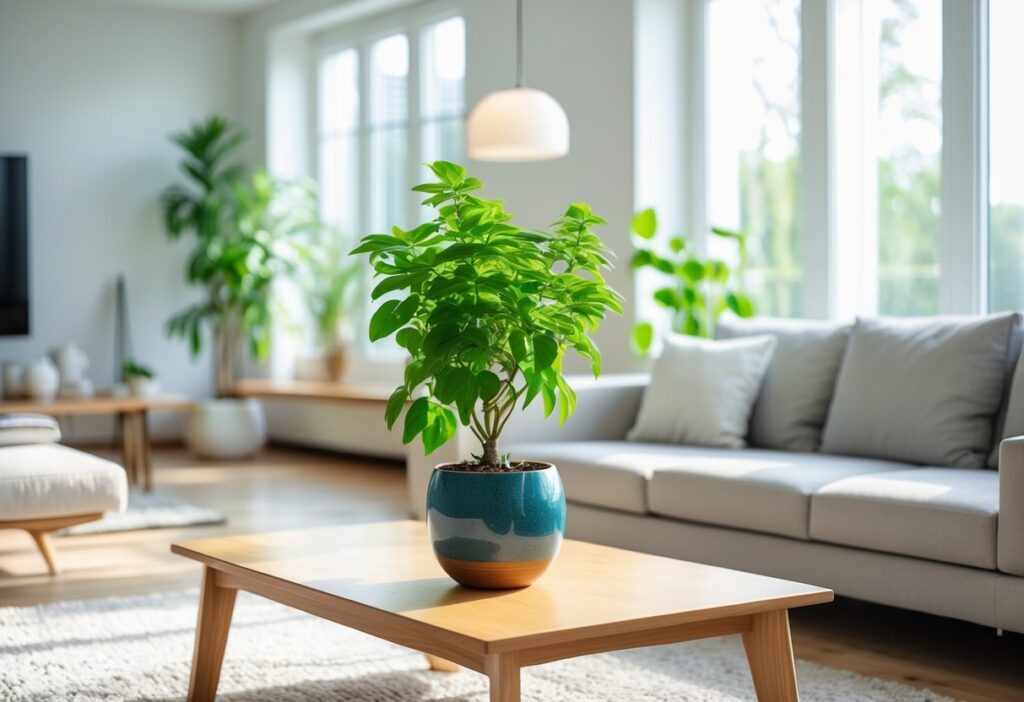
Having a plant in your living space can reduce stress and improve focus.
The presence of greenery helps you feel calmer and more relaxed.
This is especially helpful if you live in a crowded city or small apartment.
Your plant can also improve humidity and air freshness, making your room feel healthier.
Micro-gardens are great for urban living because they use limited space efficiently.
With one plant, you create a small urban oasis that supports healthier daily life.
How to Create Impactful Micro-Gardens at Home
Creating a micro-garden means choosing the right plants and containers, ensuring healthy soil and drainage, and placing your garden where it can thrive.
You can grow a variety of plants indoors, even in small spaces like windowsills or walls.
Each choice you make helps transform a single plant into a striking feature for your room.
Choosing the Perfect Plant: Herbs, Succulents, and Delicate Ferns
Pick plants that suit your space and care level.
Herbs like basil, mint, and thyme work well indoors and provide fresh ingredients for your kitchen.
They need medium light and regular watering.
Succulents are easy to care for because they require little water.
They thrive in bright spots and add interesting shapes and colors.
Delicate ferns like maidenhair or button ferns prefer indirect light and moist air.
They add softness and life to your micro-garden but need consistent humidity and attention.
Consider how much light your space gets before choosing.
Herbs mostly need direct sunlight, while ferns prefer shade or filtered light.
Selecting Containers: Vertical Wall Planters and Hanging Baskets
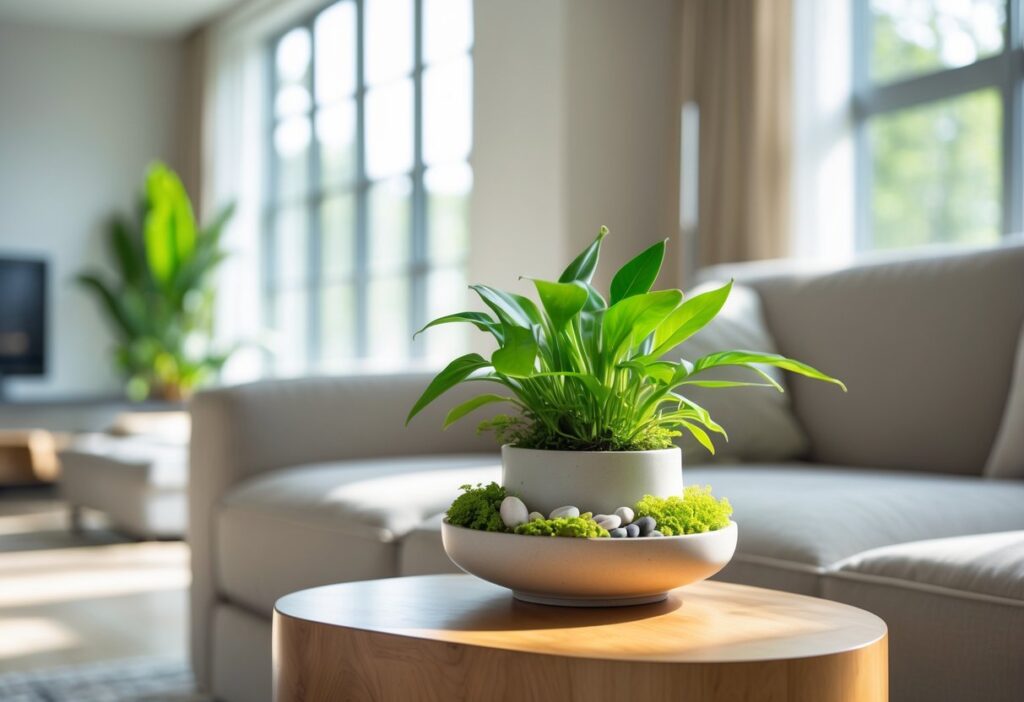
Containers shape your micro-garden’s look and function.
Vertical wall planters save space by stacking plants upward.
They allow you to grow many plants on a small wall and use pockets or small pots to hold soil.
Hanging baskets create eye-catching displays that keep your plants off counters and floors.
They work well for trailing plants or those needing more airflow.
Choose containers with built-in drainage holes to avoid water damage.
Lightweight materials like fabric or plastic are good for hanging because they reduce weight and prevent spills.
You can easily mix and match container types to create a balanced, layered look in your room.
Essential Elements: Potting Mix, Proper Drainage, and Placement
Using the right potting mix is key for healthy plants.
Choose a mix suited to your plant type, such as cactus soil for succulents or peat-based mix for herbs and ferns.
Ensure proper drainage by using pots with holes and placing a layer of small rocks or gravel at the bottom.
This prevents water from pooling at roots and causing rot.
Place your micro-garden where plants get the right amount of light.
South-facing windows give the most sun, ideal for herbs and succulents.
North-facing or shaded areas work better for ferns.
Check temperature and humidity levels.
Avoid dry, heated rooms, especially for moisture-loving plants like ferns.
Cultivating Microgreens and Edibles on Your Windowsill
Windowsills are perfect for growing microgreens, which are young vegetable or herb seedlings packed with nutrients.
You can use recycled trays or shallow containers filled with quality potting mix.
Microgreens like radish, pea shoots, and kale grow well indoors with 4-6 hours of sunlight daily.
Water them gently to keep the soil moist but not soggy.
You can also grow small edible plants, like lettuce or baby spinach, in containers on your windowsill.
They add color and function to your micro-garden while giving you fresh food.
With minimal space and effort, you can enjoy a steady supply of nutritious greens right at home.
Conclusion
Even a single plant can dramatically change the atmosphere and health of your living space.
By carefully choosing the right plant, container, and placement, you can create a micro-garden that adds beauty, improves air quality, and supports your well-being—no matter how small your home may be.

